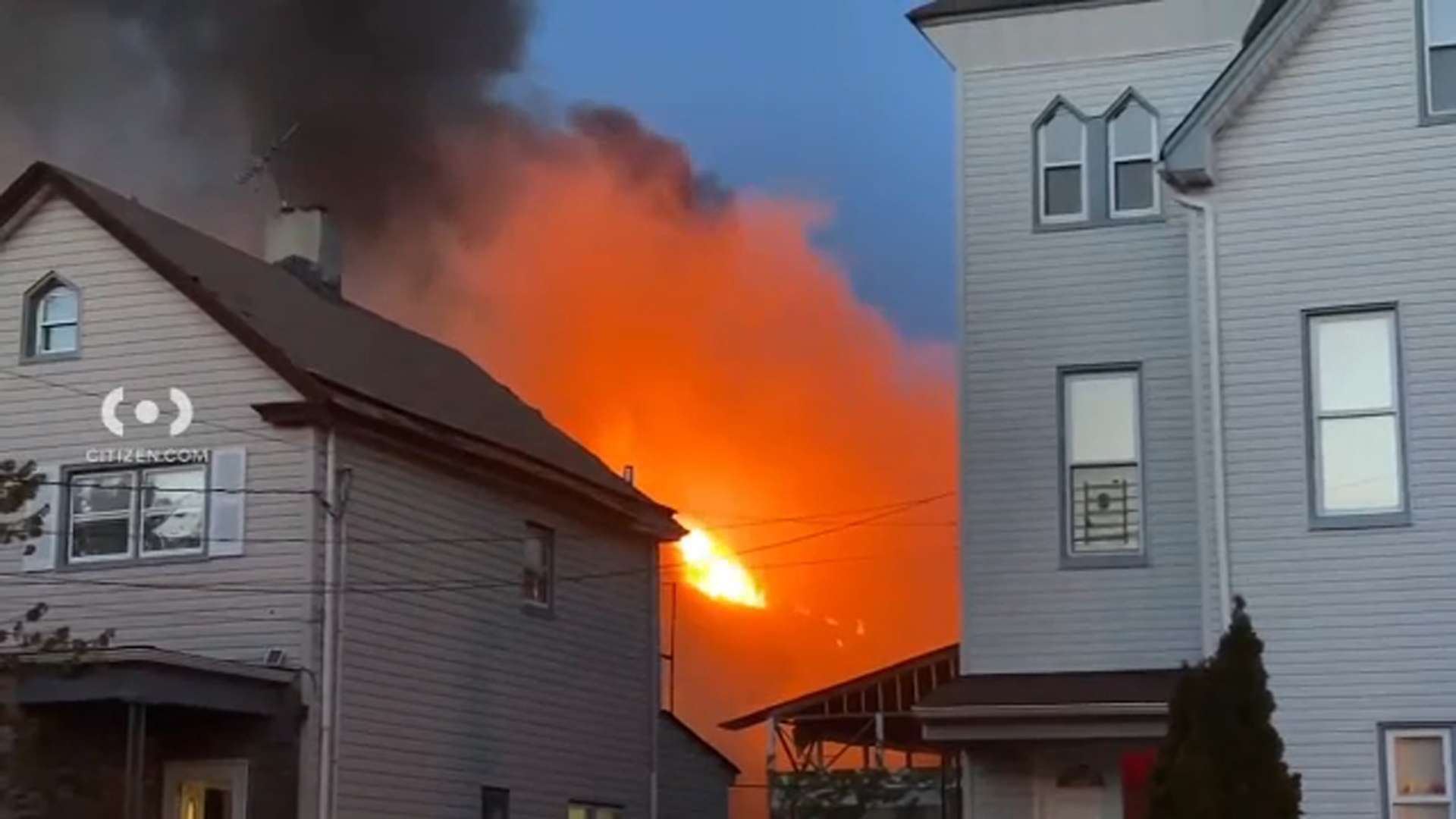9 of the nation's worst bottlenecks are located in the New York City area

NEW YORK -- It may not come as much of a surprise to drivers that some of the nation's top traffic bottlenecks are right here in the Tri-State area.
The American Highway Users Alliance ranks the Lincoln Tunnel 8th among the country's worst roadway headaches.
Researchers based their findings on a number of categories, including time and fuel wasted, economic losses and increased crash risk.
Sitting behind the Lincoln Tunnel at 9th are the roadways east of the George Washington Bridge. Here are the 9 locations in the New York City area in the top 50:
8) Lincoln Tunnel between 10th Ave and John F Kennedy Blvd
9) I95 between I895 and Broadway (NJ/NY)
18) I95 between SR4 and Palisades Interstate Pkwy in Fort Lee, NJ
19) Pulaski Skyway between I95 and Central Ave in Newark, NJ
21) I678 between Queens Blvd and Liberty Ave (NY)
31) US1and 9 between Wilson Ave and I78 (NJ)
33) Brooklyn Bridge
37) Pulaski Skyway between Tonnelle Ave and Broadway (NJ/NY)
42) Long Island Expressway (I495) near I-278 between 58th St and 48th St.
Drivers waste 3,400,000 weekday hours per year and 1,730,300 gallons of fuel sitting in lines of traffic that average 2.6 miles for the Lincoln Tunnel, according to the study.
Vehicles on the expressways to and from the GWB lose three million hours per year and waste 1.5 million gallons of fuel, though they sit in lengthier jams averaging 3.1 miles.
The Van Wyck Expressway, Brooklyn Bridge and Long Island Expressway all rank in the top 50.
"While ongoing construction projects at the Brooklyn Bridge and Van Wyck create delays, the completion of those projects may help to ease congestion," said Robert Sinclair Jr. manager of media relations for AAA Northeast. "But the other bottlenecks in our area, with heavy traffic volumes and no hope of increasing capacity, will be with us for years to come."
Previous traffic studies have used mathematical models and algorithms to analyze congestion. This update of the bottleneck list from 2004 by AHUA is the first to use real-time GPS data gathered from passenger and commercial vehicles.
The report details the 50 worst bottlenecks in the country, with six of the top 10 chokepoints located in Los Angeles.
"The delays discussed in this report are symptomatic of a larger problem: The growing, horrible congestion and our nation's inadequate highway system born out of decades of underfunding." said Greg Cohen, President and CEO of the American Highway Users Alliance.
As for a solution, the report finds that fixing bottleneck problems means more investment in infrastructure. The study found that it will take a combination of new roads and mass transit systems, using state and federal funding to come up with the type of solutions that will save drivers time and money.
Click here for a look at the full report.




